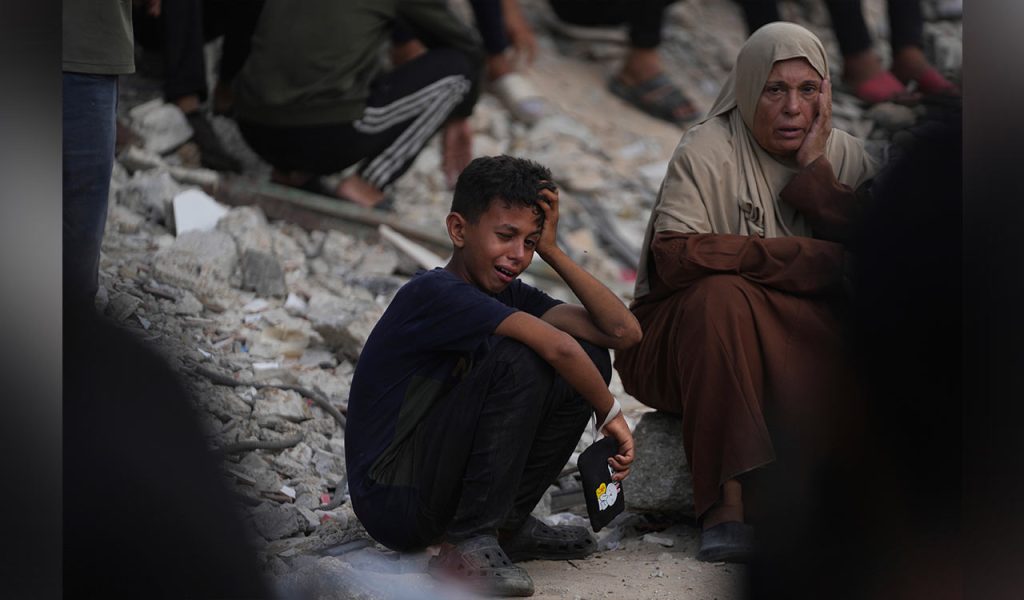What Is the ‘Tactical Pause’?
On July 27, 2025, the Israel Defense Forces (IDF) announced a daily suspension of hostilities—from 10 a.m. to 8 p.m.—in three densely populated zones of Gaza: Gaza City, Deir al‑Balah, and Al‑Mawasi. This strategic move, termed a “tactical pause,” is designed to facilitate the delivery of vital humanitarian aid amid a mounting famine crisis.
Scope and Logistics of the Pause
In coordination with the UN and international aid organizations, secure corridors for aid convoys will operate between 6 a.m. and 11 p.m. each day. Meanwhile, aid airdrops conducted by Jordan and the UAE have delivered approximately 25 tonnes of supplies—including flour, sugar, and canned food—to residents in need 0.
Crisis by the Numbers
UN and Gaza Health Ministry reports indicate a staggering scenario: over 1,000 Palestinians have died seeking aid since May, with at least 133 malnutrition-related deaths recorded during the current phase of conflict—87 of them children—in July alone 1. Nearly half a million people in Gaza are enduring famine‑like conditions, and one-third of the population goes without food for days 2.
International Response and Political Fallout
Global leaders and aid agencies have pressed Israel to transform this temporary measure into a full ceasefire. Governments in the UK, France, Germany, and Australia have condemned the worsening humanitarian crisis and criticized restrictions on aid entry. US officials, including President Trump, have publicly denounced the images of starving children, urging unrestricted humanitarian access 3.
What Aid Delivery Looks Like
In addition to land aid routes, Jordan and the UAE resumed parachute drops, though aid agencies have voiced concerns about their effectiveness and the risks to civilians—reports note injuries from falling aid crates. Over 1,200 metric tons of food have entered Gaza through more than 100 Egyptian Red Crescent trucks at the Kerem Shalom crossing 4.
Plans are also underway to connect an Egyptian desalination plant’s water supply to Gaza’s grid, potentially benefiting 600,000 people along the coastal strip 5.
Criticism and Skepticism from Palestinians
Despite the pause, many Gazans remain deeply skeptical. Continued strikes even within the declared zones raise questions about Israel’s commitment. Palestinian officials argue that the aid window is insufficient and have described the concessions as cosmetic in light of ongoing combat operations in surrounding areas 6.
Timeline: From Blockade to Conditional Pause
In March 2025, Israel halted humanitarian aid to Gaza altogether as part of pressure tactics against Hamas, resuming limited deliveries in May under new restrictions 7. The current daily pause and designated corridors mark a significant, albeit constrained, shift in policy in response to increased international scrutiny.
Trivia & Key Facts
- The pause applies to three zones: Gaza City, Deir al‑Balah, and Al‑Mawasi.
- Suspension hours: 10 a.m.–8 p.m. local time; aid corridors open from 6 a.m.–11 p.m.
- Airdrops delivered 25 tons of humanitarian cargo by UAE and Jordan.
- The Gaza population is estimated at 2.1–2.2 million people.
- Food insecurity affects nearly one-third of the enclave’s residents.
Why It Matters
This tactical pause highlights the growing tensions between military strategy and humanitarian obligation. While Israel continues military operations elsewhere, the move responds to mounting deaths from starvation and global pressure. Aid groups maintain that only a sustained ceasefire and open crossings can truly alleviate the crisis. For trivia buffs: these daily pauses are Egypt’s third such corridor arrangement since early 2025, though none has led to lasting relief for Gaza’s civilians.
Source: Telangana Today

